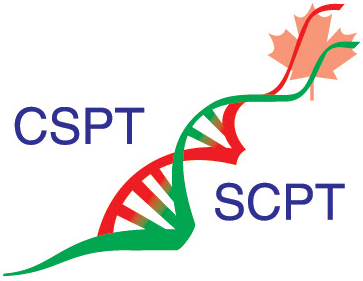Receptor
Definition:
A receptor is a macromolecule that mediates the actions of endogenous and exogenous ligands. Receptors can be located on the surface of the cell membrane, or inside the cell, within the cytosol or nucleus; they can also be linked to enzymes or G proteins. Once a ligand binds, the activated receptors will either directly or indirectly modify cellular processes such as protein phosphorylation, gene transcription, enzyme activity, membrane potential, etc, resulting in a response by the targeted cell.
It is important to note that there are other macromolecules that are not classified as receptors in terms of their biochemical definition, however they have a role in mediating many effects in the body. Enzymes are examples of such molecules.
Relevance:
Receptors mediate several physiological processes from cell growth and division to the regulation of emotions and behaviour.
Receptors are the main targets for drug development and therapeutics due to their role in mediating normal and pathological cellular responses to ligands. In this regard, the G protein-coupled receptors (GPCRs) constitute one of the main targets for drug development. This family of receptors have many endogenous ligands including hormones, chemokines and neurotransmitters, mediating a broad range of physiological processes.
One example of a drug targeting a GPCR receptor is salbutamol (albuterol); this is a partial agonist for a type of GPCR known as β2AR (beta-2 adrenergic receptor) used in the treatment of asthma.
Teaching Tips:
Types of Drug Receptors (Elsevier India): https://www.youtube.com/watch?v=WORIhbaRABg
Linked terms: Ligand, Nuclear Receptor, Transmembrane Receptor, Active Site, Cell Surface Receptors, Ion Channel Receptors, GPCRs, hormone, neurotransmitter, partial agonist
Resources:
Farinde, A. (2023, October 26). Drug–receptor interactions - clinical pharmacology. MSD Manual Professional Edition. https://www.msdmanuals.com/professional/clinical-pharmacology/pharmacodynamics/drug%E2%80%93receptor-interactions
Miller, E. J., & Lapin, S. L. (2022, September 14). Physiology, cellular receptor - statpearls - NCBI bookshelf. https://www.ncbi.nlm.nih.gov/books/NBK554403/
Yang, D., Zhou, Q., Labroska, V., Qin, S., Darbalaei, S., Wu, Y., Yuliantie, E., Xie, L., Tao, H., Cheng, J., Liu, Q., Zhao, S., Shui, W., Jiang, Y., & Wang, M.-W. (2021). G protein-coupled receptors: Structure- and function-based drug discovery. Signal Transduction and Targeted Therapy, 6(1), 7. https://doi.org/10.1038/s41392-020-00435-w
Yang, F., Ling, S., Zhou, Y., Zhang, Y., Lv, P., Liu, S., Fang, W., Sun, W., Hu, L. A., Zhang, L., Shi, P., & Tian, C. (2021). Different conformational responses of the β2-adrenergic receptor-Gs complex upon binding of the partial agonist salbutamol or the full agonist isoprenaline. National Science Review, 8(9), nwaa284. https://doi.org/10.1093/nsr/nwaa284
Return to Glossary
